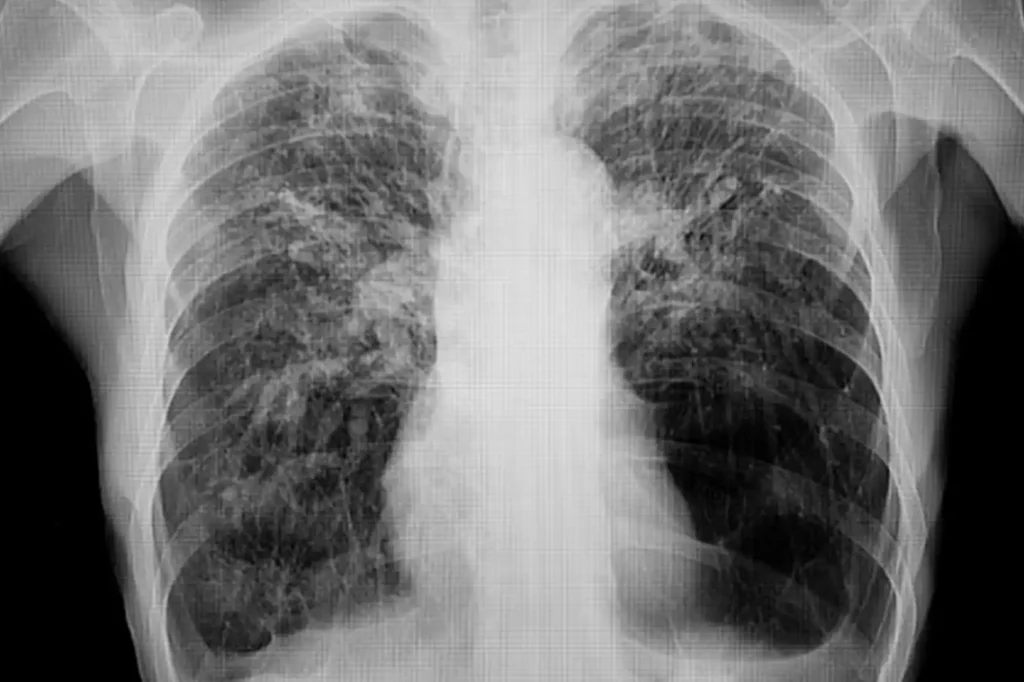You’ll also learn about TB testing, diagnosis, treatment, and prevention measures available in the state. Whether you’re a healthcare professional, student, or concerned resident, this expert-backed article provides clear, easy-to-understand information with the latest insights into tuberculosis in Maine.
Why Increases Tuberculosis Cases in Maine:
Tuberculosis cases in Maine remain relatively low compared to national numbers, but public health officials closely monitor each case to prevent outbreaks and protect communities.
Tuberculosis (TB) is an infectious disease caused by Mycobacterium tuberculosis, and while it’s more common in other parts of the world, Maine still records a handful of cases each year. For many people, hearing about TB can spark worry, but understanding the data, prevention measures, and treatment options can help keep concerns in check.
In Maine, TB cases are tracked carefully by the Maine Center for Disease Control and Prevention (Maine CDC). Over the years, the state has maintained one of the lowest TB rates in the country, but health officials emphasize the importance of early detection. Knowing how TB spreads, who is at risk, and how treatment works can make a big difference for individuals and communities alike.
Short-term plans are affordable but may lack comprehensive benefits like preventive care or maternity coverage.
- Advertisement -
Current Tuberculosis Trends in Maine:
Maine typically reports fewer than 20 TB cases each year, which is far lower than many states with larger populations or more international travel. According to recent Maine CDC reports, most TB cases are found in individuals who were either exposed outside the U.S. or who have weakened immune systems.
The numbers may sound small, but even a few TB cases require close attention. Public health nurses and specialists investigate each case thoroughly to prevent transmission. This involves contact tracing, community outreach, and sometimes preventive treatment for people who have been exposed but are not yet sick.

How Tuberculosis Spreads in Maine:
Tuberculosis spreads through the air when a person with active TB disease in the lungs coughs, sneezes, or speaks. It is not spread by touching surfaces, sharing utensils, or casual contact. In Maine, health officials stress that most TB exposures come from prolonged, close contact with someone who has active TB.
It’s also important to note that not everyone who is infected with TB bacteria becomes sick. Many people have what is called “latent TB infection,” meaning the bacteria live in their body but are inactive. These individuals don’t feel sick, can’t spread TB, but may need preventive medication to avoid developing active TB later in life.
Who Is Most at Risk of TB in Maine:
While Maine has a relatively low TB rate, certain groups are more vulnerable. People with weakened immune systems, such as those living with HIV, diabetes, or chronic illnesses, have a higher risk of developing active TB. Additionally, individuals born in countries where TB is more common may face greater risks.
Public health programs in Maine work closely with immigrant and refugee populations to provide testing and treatment when needed. Healthcare workers and people living in group settings, like long-term care facilities or shelters, are also considered at higher risk because of closer, prolonged exposure.
TB Testing and Diagnosis in Maine:
The Maine CDC and healthcare providers offer TB testing for anyone who may have been exposed or who falls into a higher-risk group. The two main types of tests are the tuberculin skin test (TST) and blood tests, also known as interferon-gamma release assays (IGRAs).
If someone tests positive, further exams, including chest X-rays and lab work, determine whether they have active TB disease or latent TB infection. This step is crucial because treatment approaches differ depending on whether TB is active or latent.
Treatment and Prevention of Tuberculosis:
Treatment is highly effective when started early. Active TB disease typically requires a combination of antibiotics taken for at least six months. Latent TB infection may only need one or two medications over a shorter period to prevent the bacteria from becoming active.
In Maine, treatment is closely monitored by healthcare providers and public health staff to ensure patients take their medications correctly. This is often done through a program called directly observed therapy (DOT), where health workers check in regularly with patients. Preventive strategies also include screening high-risk populations and encouraging early testing for anyone who might have been exposed.
Public Health Efforts Against TB in Maine:
The Maine CDC takes an active role in TB prevention by coordinating testing, providing resources, and educating the public. They also collaborate with hospitals, clinics, and community health organizations to catch cases early and provide treatment.
Awareness campaigns, healthcare provider training, and regular surveillance are part of the ongoing strategy to keep Maine’s TB numbers low. While cases remain rare, the vigilance of Maine’s public health system plays a big role in keeping communities safe.
FAQ
Most frequent questions and answers
Maine usually reports fewer than 20 TB cases annually, one of the lowest rates in the U.S.
No. TB spreads only through prolonged close contact with someone who has active TB in their lungs.
Yes. With proper treatment, TB can be completely cured, whether active or latent.
Conclusion:
By understanding how TB spreads, who is most at risk, and the importance of early testing, communities can stay protected and informed. Tuberculosis cases in Maine remain relatively rare, but ongoing public health monitoring ensures that every case is managed with care and attention. With effective treatment and prevention programs in place, Maine continues to maintain one of the lowest TB rates in the nation. Staying aware of tuberculosis cases in Maine helps keep both individuals and communities healthy.








